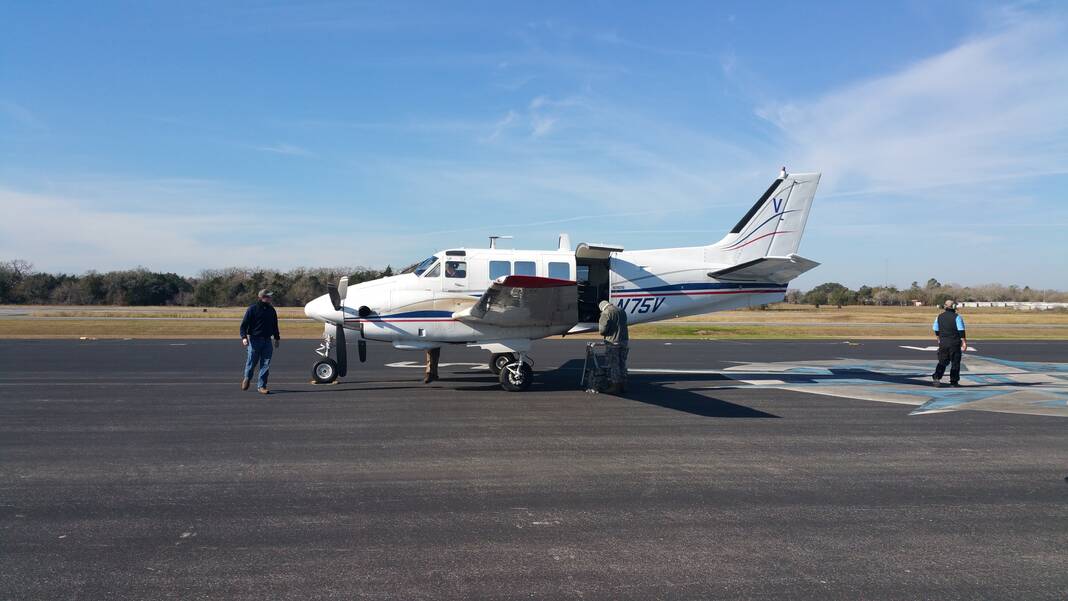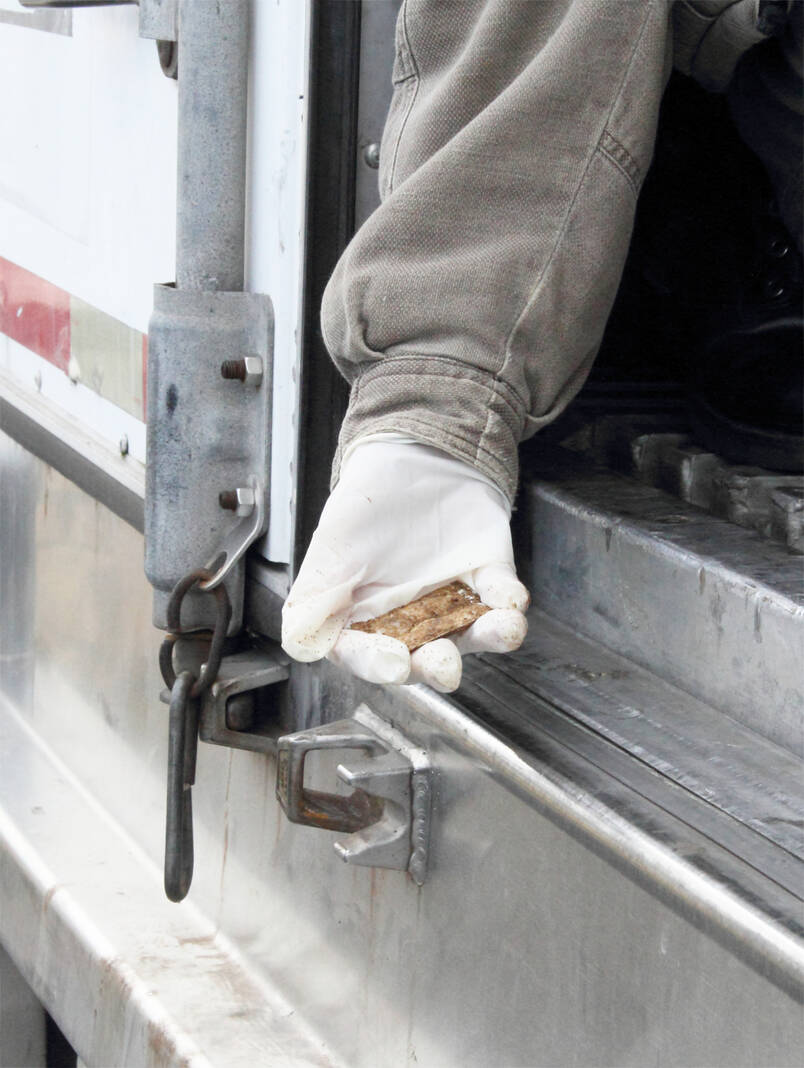
The annual anti-rabies campaign along the border began Tuesday with flights out of Edinburg as part of the state’s holding action to keep certain strains of the disease out of Texas.
The $2 million annual program aims to prevent coyotes and foxes who consume the vaccine baits from contracting the dog-coyote and fox rabies strains, thus allowing the disease to spread north from Mexico.
“We’re continuing to do what we consider the buffer zone along the border, Brownsville on up past Alpine,” said Susan N. Rollo, interim state public health veterinarian, zoonosis control branch, Department of State Health Services. “Generally we’re covering the same area that we did last year.”
Flights also will originate from airports in Alpine and Del Rio, with pilots flying grids and dropping approximately 814,000 baits to be consumed along the border area.
Rollo said there were no human rabies cases in Texas in 2021, but as is usually the case, about 450 cases were recorded in animals.
“Most of those are skunks and bats. The skunk variant is not down here around the border,” Rollo said Tuesday. “Down here on the border, we’re trying to prevent the coyote-canine strain and the fox strain from coming back into Texas. We did have those back in the day but basically we’ve eradicated those.”
The skunk strain is endemic to central and North Texas, up through the Panhandle, she said. Her agency tried to tempt skunks with vaccine-laced baits between 2012 and 2016 but skunks prove more finicky than coyotes and foxes.
“But it didn’t really work,” she said. “So that’s why we can’t deal with that particular strain here in Texas. And obviously we have a lot of bats that are positive.”
The first ORVP bait drop took place in 1995 in South Texas to control an outbreak caused by a domestic dog-coyote variant of the rabies virus. The number of animal cases caused by this variant dropped from 122 cases in 1994 – the year before the first vaccine bait drop – to zero by 2000. There have been two cases due to the domestic dog-coyote rabies virus variant since that time (one in 2001 and one in 2004), each within a mile of the Rio Grande.

High fuel prices have sent air passenger tickets skyrocketing in price, and fuel prices also are a consideration for the ORVP, Rollo said.
“The cost for gasoline is definitely up,” she said. “Even last year it was up probably 30 percent from the previous year. This year, because we reduced the zone from 25 to 20 miles wide, we’re anticipating the cost will be similar to last year just based on that.”
The contract pilots fly grid patterns making eight to 12 flights per day at 500 to 1,000 feet in altitude, dropping baits in a line, shooting to land 64 to 70 baits on every square mile of the 12,600-square-mile territory.
The baits consist of vaccine-laced treats dipped in fish oil and coated with fish-meal crumbles.
“We believe it’s important to continue to keep the wildlife population immunized along the border,” Rollo said. “We do not know what the surveillance is in Mexico, and because of that lack of knowledge, we do not know what the risk would be for those strains to come back in.
“It would be a lot harder to start over and create a new eradication program if we did allow those strains to get back into Texas,” she added. “So it’s better for us to continue the buffer zone to basically protect Texas.”




